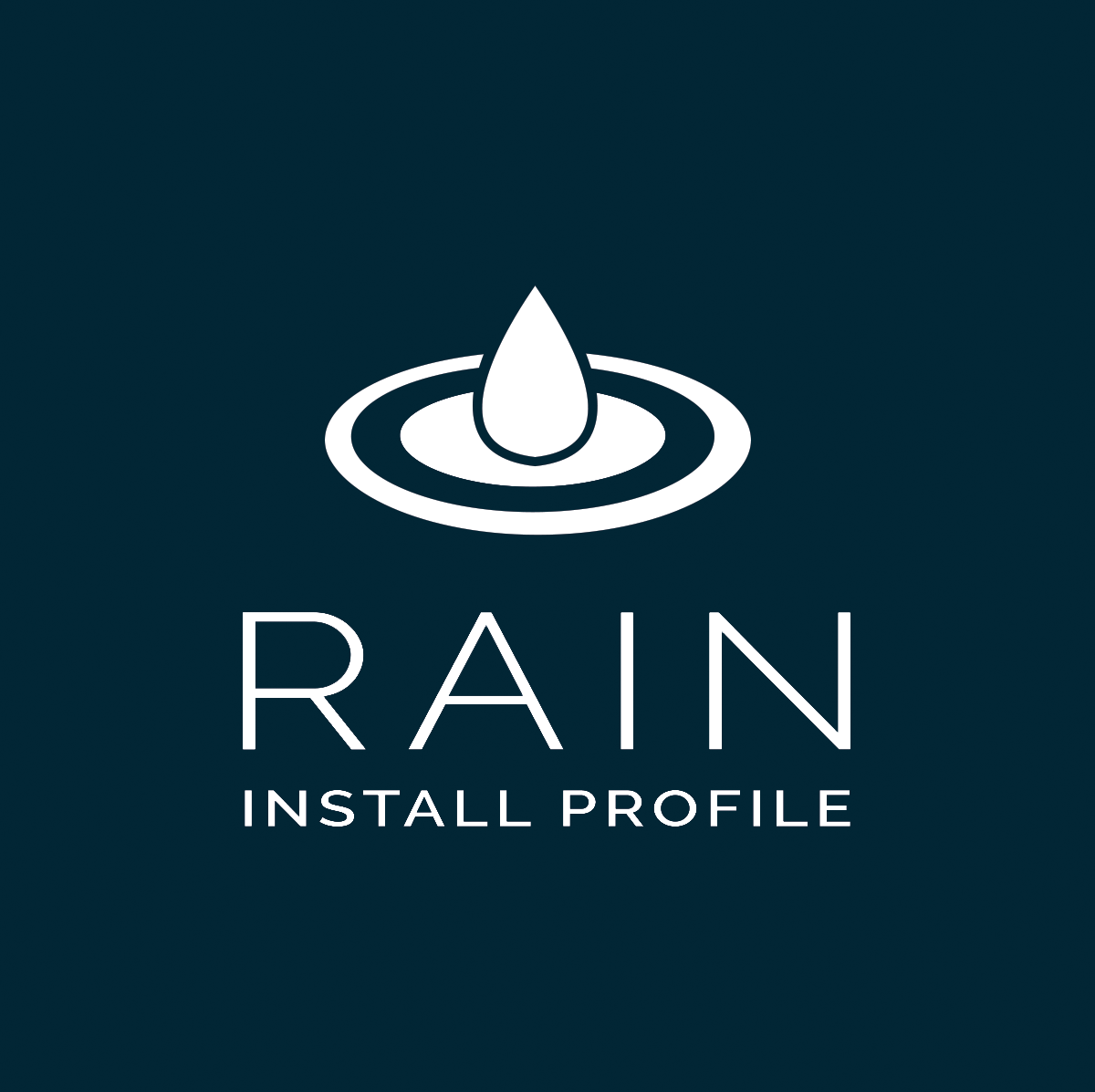The Mediacurrent team is excited to formally introduce Rain, an enterprise-grade Drupal install profile. Two years in the making, our team has spent countless hours developing these tools internally and deploying them to our client projects.
Our goal with this post is to share with the broader Drupal community, explain why we created Rain, and share how it can benefit your organization. We welcome feedback.
What is Rain?
The Rain installation packages the best solutions the Drupal community has to offer so that organizations can build sites faster. We have used Rain internally for the last two years, making improvements along the way prior to its release as an open-source project.
Made by Mediacurrent
We designed the Rain install profile with the goal to capture features that overlap all verticals and projects of every size and scope. As part of the development process, we examined features and content patterns from successful client projects over the past three years. Through our research, we found many content features and module configurations did, in fact, apply to projects across the spectrum. Our focus has been to build Rain with the features that create the best admin and authoring experience we can provide for our clients and the open-source community.
Mediacurrent believes strongly in open source solutions, so we have released all of our project tooling to the community. For more information on the tools we have publicly released please visit the Mediacurrent Development Tools page for more information and links to our projects.
Who is Rain for?
It’s a full-time job to simplify processes on the backend and deliver a consistent, high-impact customer experience. Mediacurrent created the Rain Install Profile to make these jobs easier.
Clients using Rain today include large B2B Enterprise, Higher Education, and Non-profit organizations. The Rain distribution is flexible enough to serve large and small organizations alike. For large enterprise builds, the install profile will reduce overhead and take advantage of reusable features even if the project overall is a highly-customized implementation. Smaller, more budget-conscious organizations have the opportunity to reuse even more out-of-box functionality for further savings. The end result is a fully branded, enterprise-grade Drupal solution for your organization
What makes the Rain Install profile different?
At DrupalCon this year, co-worker Justin Rent and I presented on the idea of “Content Patterns.” This presentation gives a window into the challenges we were facing and our approach to addressing those challenges. In short, we believe to have long-term success as an agency we need to pool together best practices and take advantage of repeatable patterns. While every project we work on is unique in some way, we also see many shared problems that could benefit from common-sense solutions. As an organization, we made a commitment to build tools that would address those problems and share them with the community.
We borrowed from other distributions, Acquia Lightning and Thunder CMS which are both great projects in their own right. We did, however, add our own twist.
Our approach
1. Package and configure common modules
We package popular contributed modules like Metatag and many others that focus primarily on authoring and admin experience. Our installation comes with “sensible defaults” that offer a great out of box experience while saving developer and administrative time.
2. Offer flexible content features to jump-start development
Rain offers a variety of content features, including content types and paragraphs, not found in most distributions. These features are all optional and offer the opportunity to jump-start development.
We believe our approach to content architecture gives editors a consistent, flexible interface for managing content. At the same time, it helps developers get going faster while being fully configurable.
3. Ship with an extendable base theme and style guide
Rain ships with an excellent starter base theme. This offers several advantages but is not required (see our GatsbyJS + Rain webinar for a “decoupled" option).
The theme ships with a base style guide that includes the most common components you’ll find on a website. These components provide basic styling and markup that saves development time. The components are intended to be branded to match the design requirements of a given project. Additionally, all Paragraph features are pre-integrated with the base theme and style guide to once again save development time and reduce costs. The net result -- the development team gets a running start on a new project instead of constantly reinventing the wheel.
Next steps
We would love to hear feedback from you. What features are your pain points, what features would you like to see? Interested in working with Mediacurrent? Contact us for a live Rain demo or for more information about our services.

